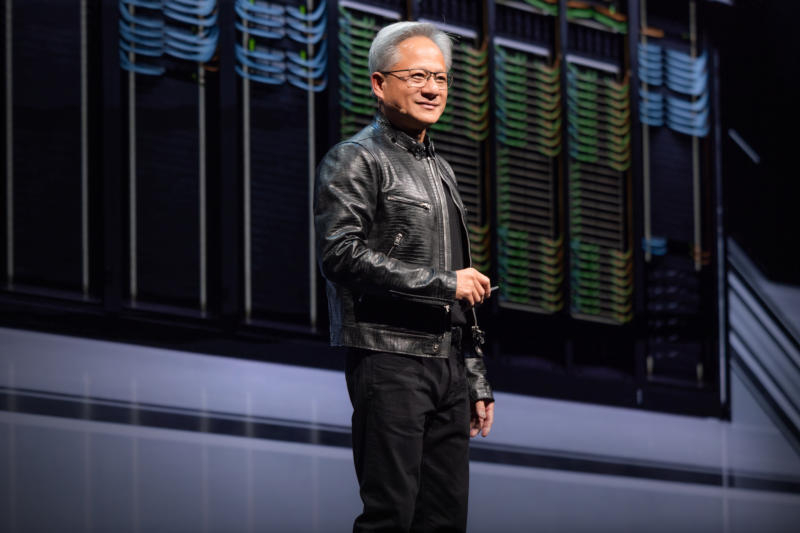The market misinterpreted the significance of technological advances from Chinese AI lab DeepSeek and drew the wrong conclusions by assuming they would have a negative impact on Nvidia’s business, the company’s founder and CEO Jensen Huang said in a recent interview.

Image source: nvidia.com
Huang called DeepSeek R1’s open-source reasoning AI model “extremely impressive.” “I think the market’s reaction to R1 was, ‘Oh, my God! AI is dead!’ It just fell out of the sky. We don’t have to do any more computing. It’s the opposite. It’s the complete opposite,” the Nvidia CEO said. He believes R1 was initially a positive for the market because it will accelerate the widespread deployment of AI, but it won’t make Nvidia hardware go away.
«“It [DeepSeek] made everyone pay attention to the fact that, yes, there are opportunities to make models much more efficient than we thought possible. So it will expand and accelerate the deployment of AI,” says Jensen Huang. DeepSeek has achieved a lot in the area of pre-training, but the important and resource-intensive part remains running the trained model (inference). “Reasoning is a very resource-intensive part of it,” the CEO reminded.
The release of the open source DeepSeek R1 model shook the AI market and negatively affected Nvidia’s market capitalization: on the first day of trading alone after the news of the Chinese sensation, the “green” stocks fell by 16.9%. At the close of trading on January 24, the price of one Nvidia share was $142.62, and on Monday, January 27, they fell to $118.52 – the company’s market capitalization fell by $600 billion. By now, Nvidia securities have almost completely recovered, and last Friday they were trading at around $140. Nvidia’s report on the results of the fourth quarter is expected on February 26 – it will probably more clearly reflect the market reaction. DeepSeek this week promised to open the source code of five of its repositories.